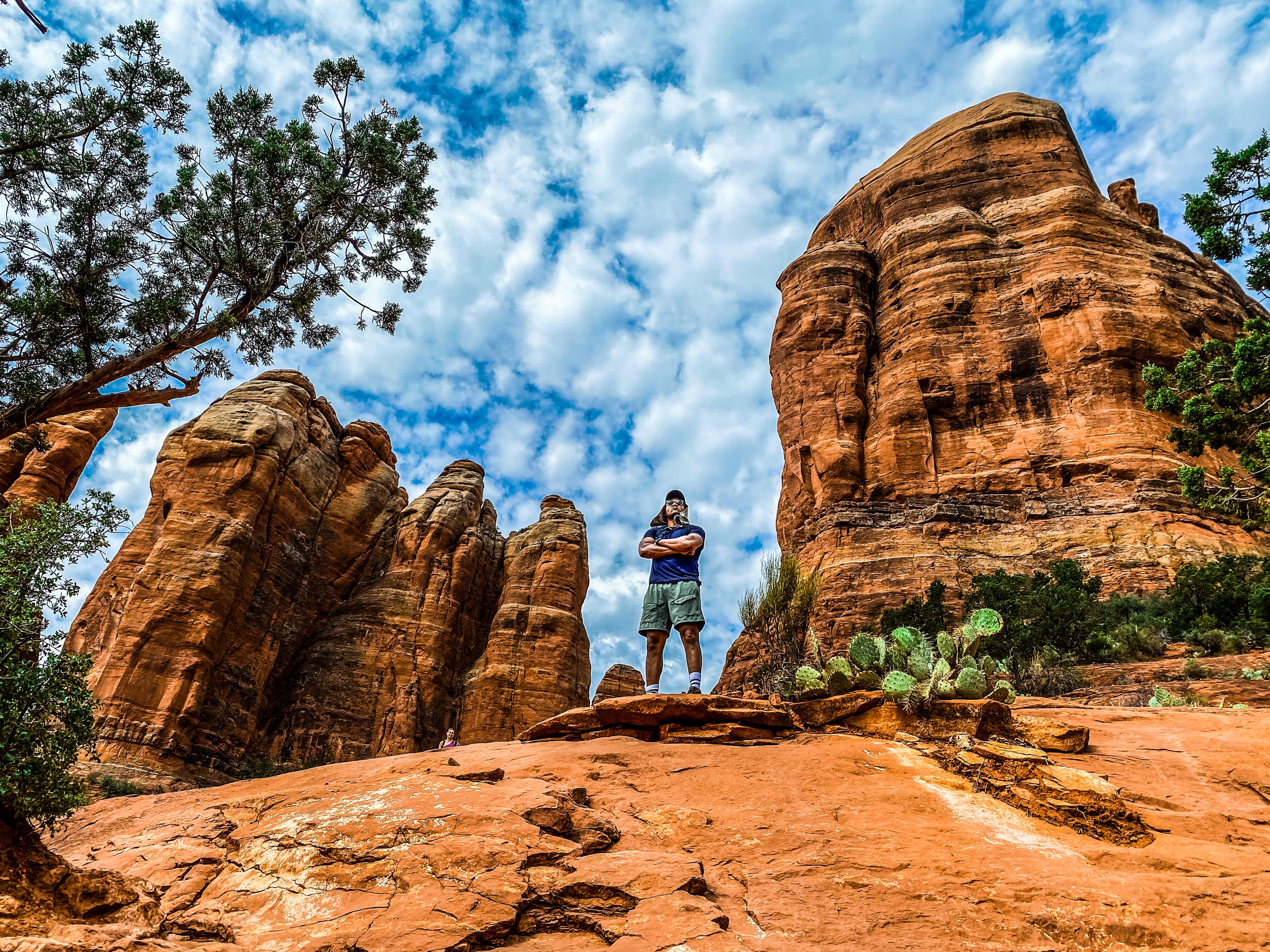
How to be Literally Adventurous in an Outdoors That Isn't Always Inclusive
by Jemar Lee
·
The values that Literally Outside upholds, such as Literally Accessible and Literally Adventurous, stand to support efforts that The Atlantic and REI highlight in this article. We share this piece of writing to bring knowledge to our customers and partners on how each of us can work to make the outdoors more inclusive and diverse. Here's what stood out to us.
The Atlantic and Recreational Equipment, Inc (REI) partnered together to highlight how America’s state and national parks have historically lacked – and still lack – a sense of inclusivity and diversity, and the consequences that follow.
The article begins with the story of Henry X. Finney, an Army veteran who served in the Korean War. Following his service and return to the United States, Henry was interested in serving as a park ranger. But in the 1950s, racial discrimination was all too common, and as he was told "we don’t hire negros.” Effectively putting an end to his dream. Henry’s story inspired his daughter, Carolyn Finney, to author Black Faces, White Spaces: Reimagining the Relationship of African Americans to the Great Outdoors and advocate to create ways for the outdoors to be more inclusive.
Unfortunately, her father’s story is not unique – many, and perhaps even you, have had similar experiences. For example, the article highlights that nearly 78 percent of federal park visitors are white, while those who identify as African American, Latino, female, and LGBTQ often stated that they feel excluded or at unease in outdoor spaces. Tangentially, the outdoor industry workforce, such as park rangers and outdoor retail associates, has very little inclusivity of those populations mentioned above.
There are many consequences to the chasm of diversity in the outdoors:
- There is a generation of young people and adults who do not find an interest in the American outdoors, which billions of taxpayer dollars are used to administer and maintain.
- This chasm also results in “nature-deficit disorder,” as society becomes increasingly absorbed by technology. This is important as research shows spending time in the outdoors leads to overall health support, such as improved mental and physical health, and cognitive skills.
- With the U.S. Census Bureau finding that the U.S. will become a minority white nation by 2045, there are concerns of diminishing interest, and support of national parks becoming increasingly obsolete.
Lastly, this article portrays the true and undeniable reality of why so few minorities visit state and national parks. In a study, Asian Americans, African Americans, and Hispanics frequently shared that they feel uncomfortable when going to parks. What is even more alarming is that some of those who identified as white noted a feeling of discomfort when around non-white visitors. As a nation, we should not tolerate such blatantly unequal – and systemically racist – experiences of our national parks.
As a result of these issues, such as the lack of diversity and inclusiveness in the American outdoors, outdoor experts from around the U.S addressed these areas of concern and identified possible solutions:
- teach the full history of the American outdoors
- make all visitors feel welcome and secure
- create underlying policies on diversity and fairness
- increase economic accessibility to create more access points for all
- make open spaces more representative, culturally relevant, and cool
- the public can help, too; anyone can be an advocate on this issue.
We hope this gives you more insight into the historical actions that have created our current day chasm of inclusivity and diversity in the American outdoors, and the current issues many are still facing with their relationship to nature. We encourage you to read this article to learn about how you and others can make the outdoors more inclusive.